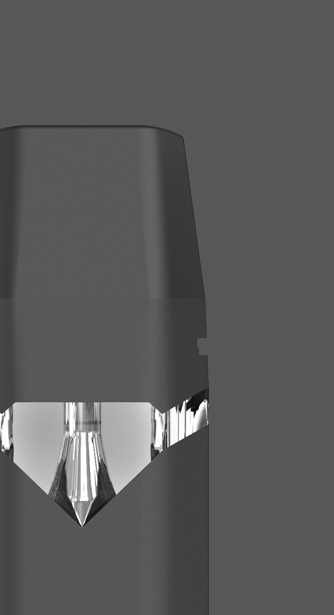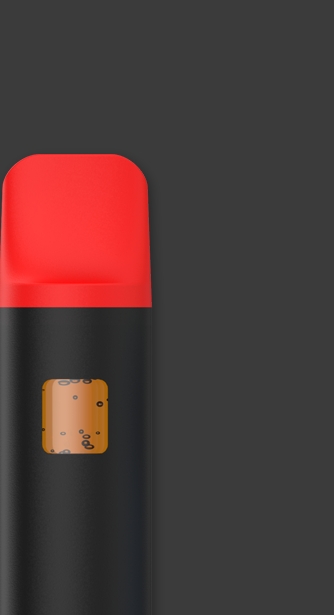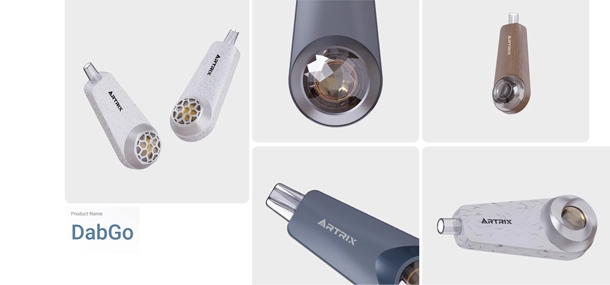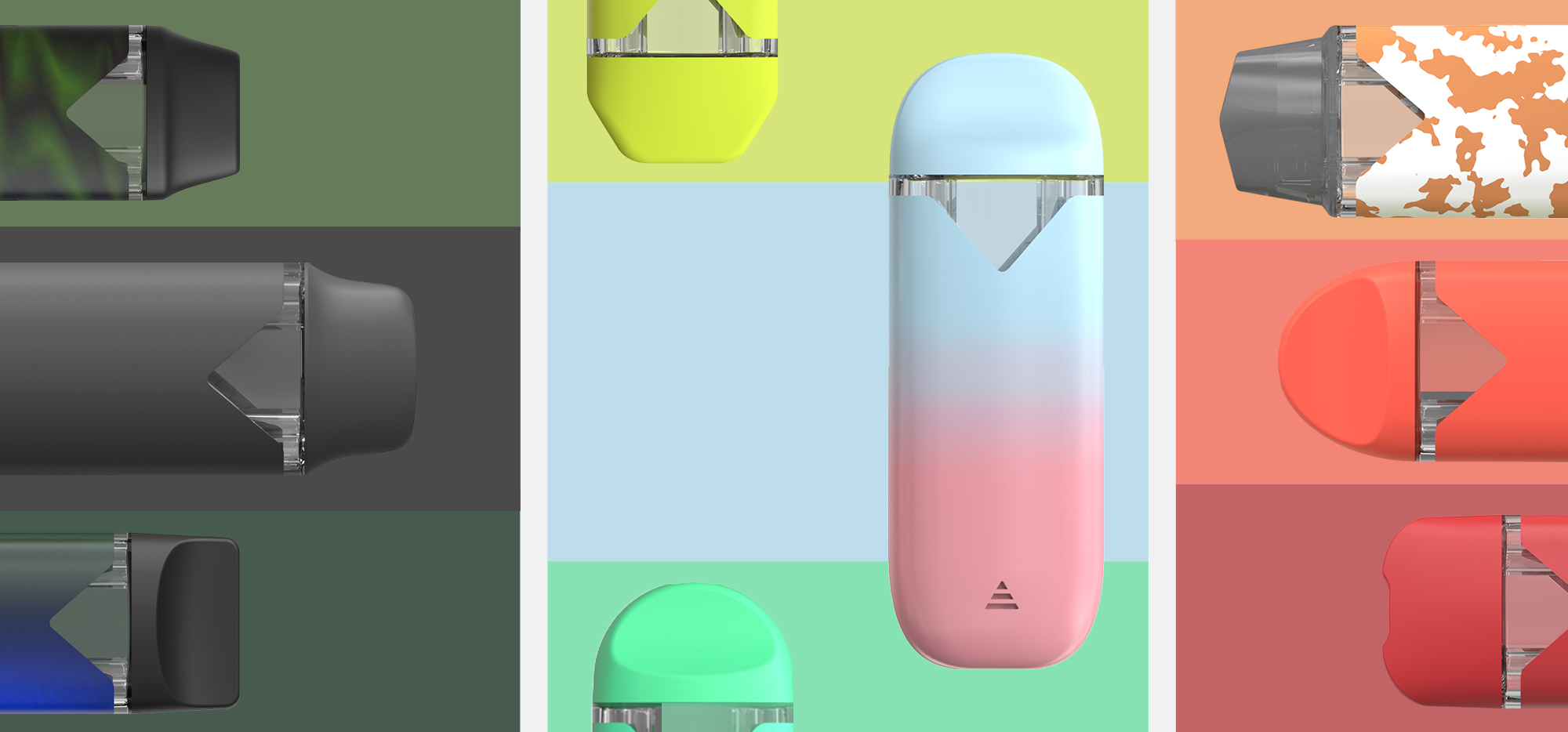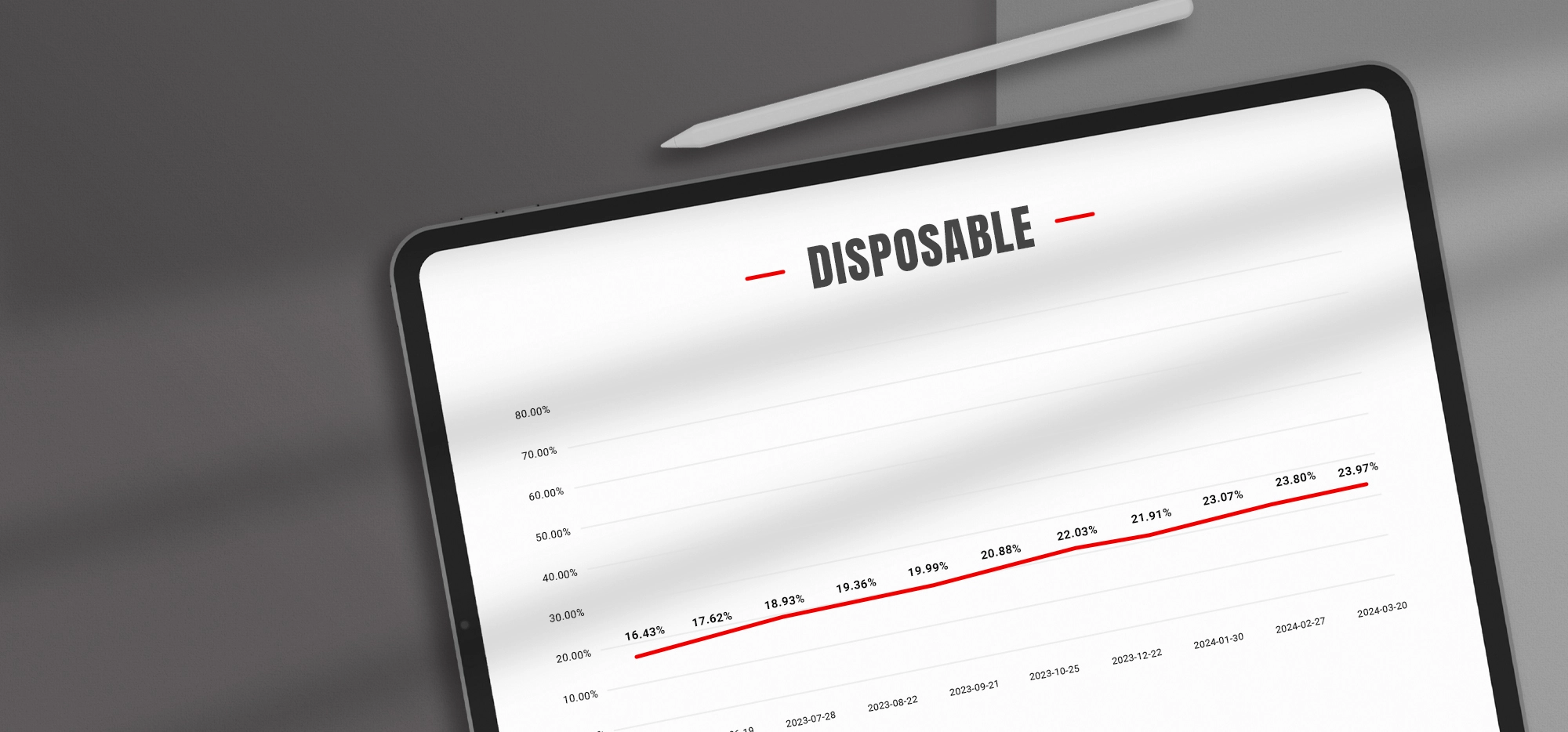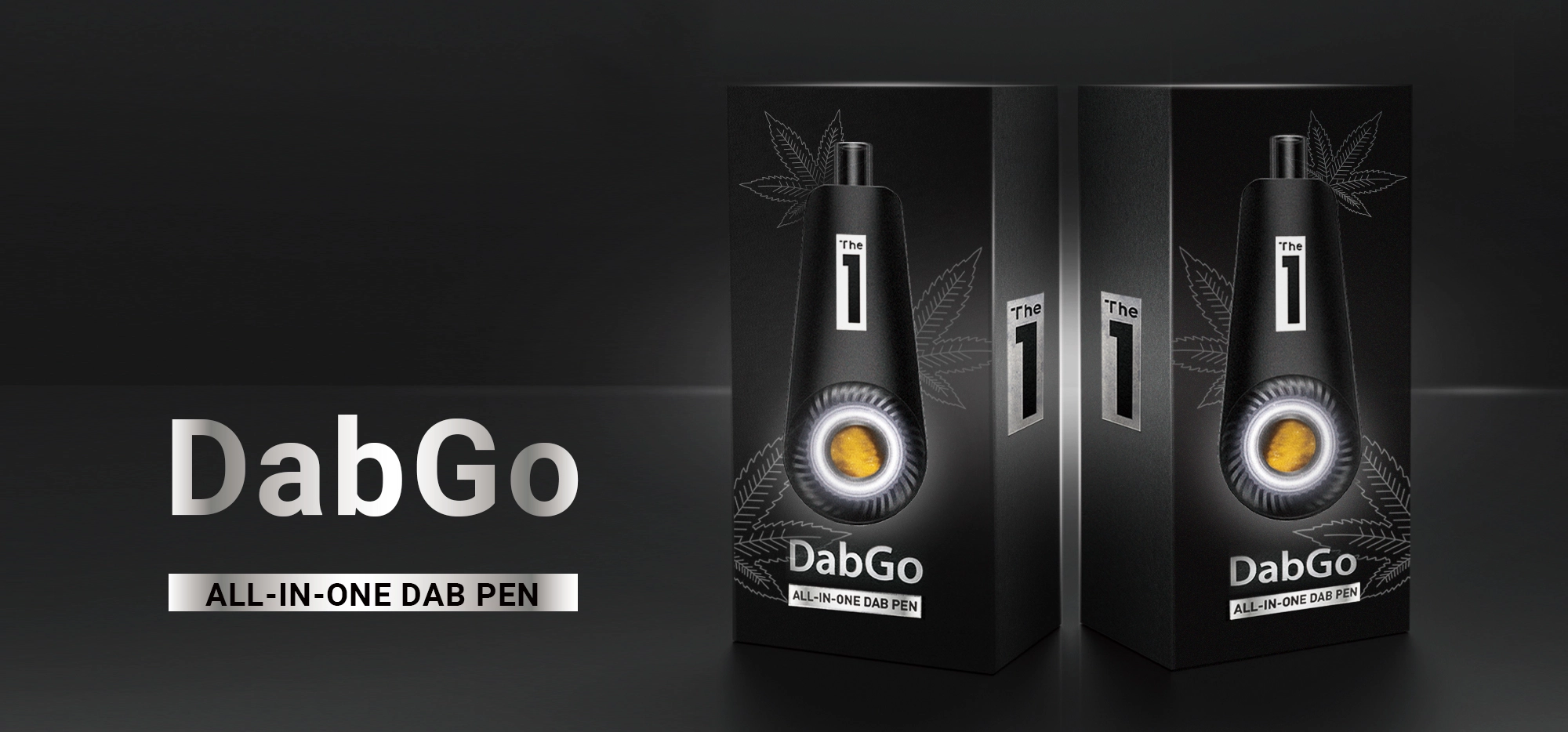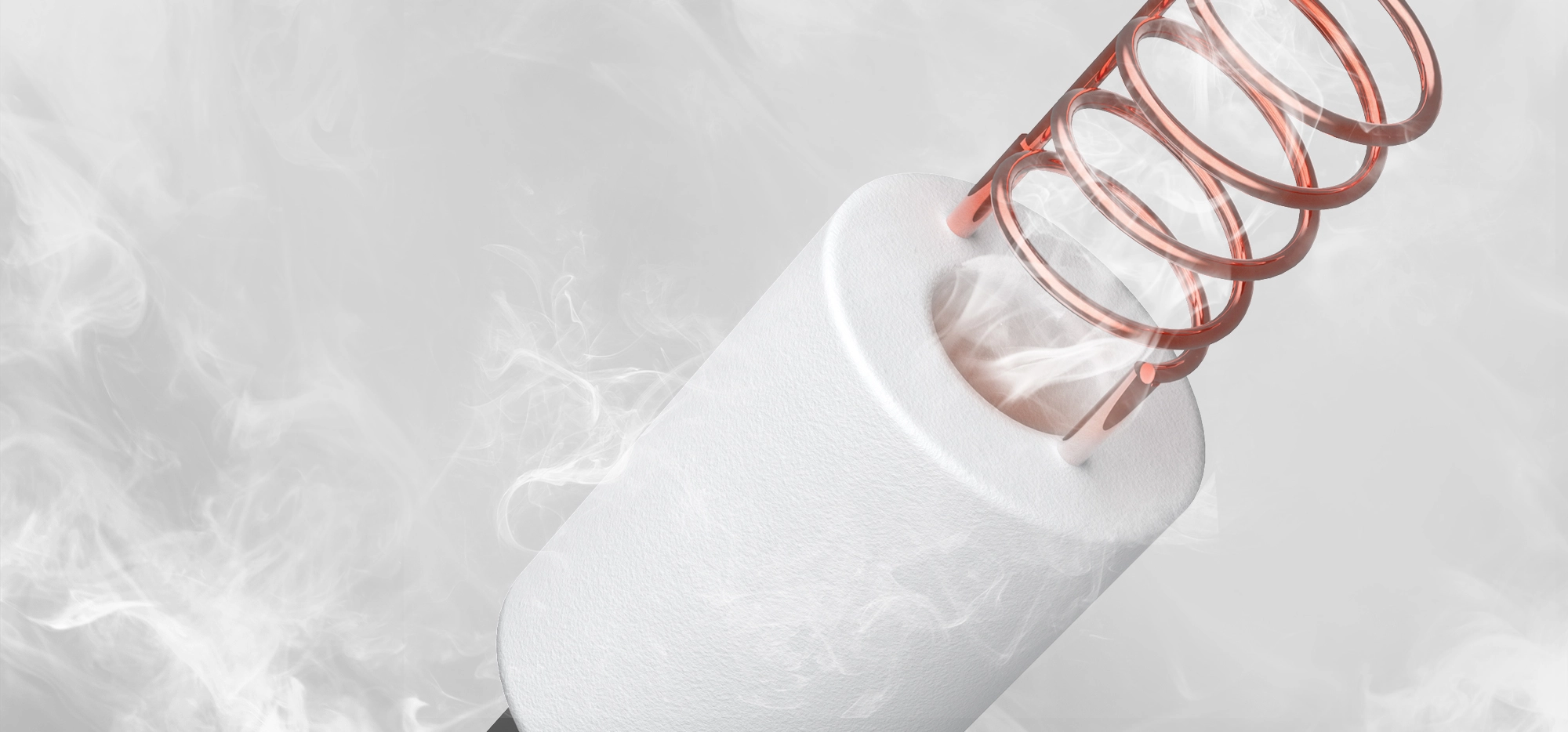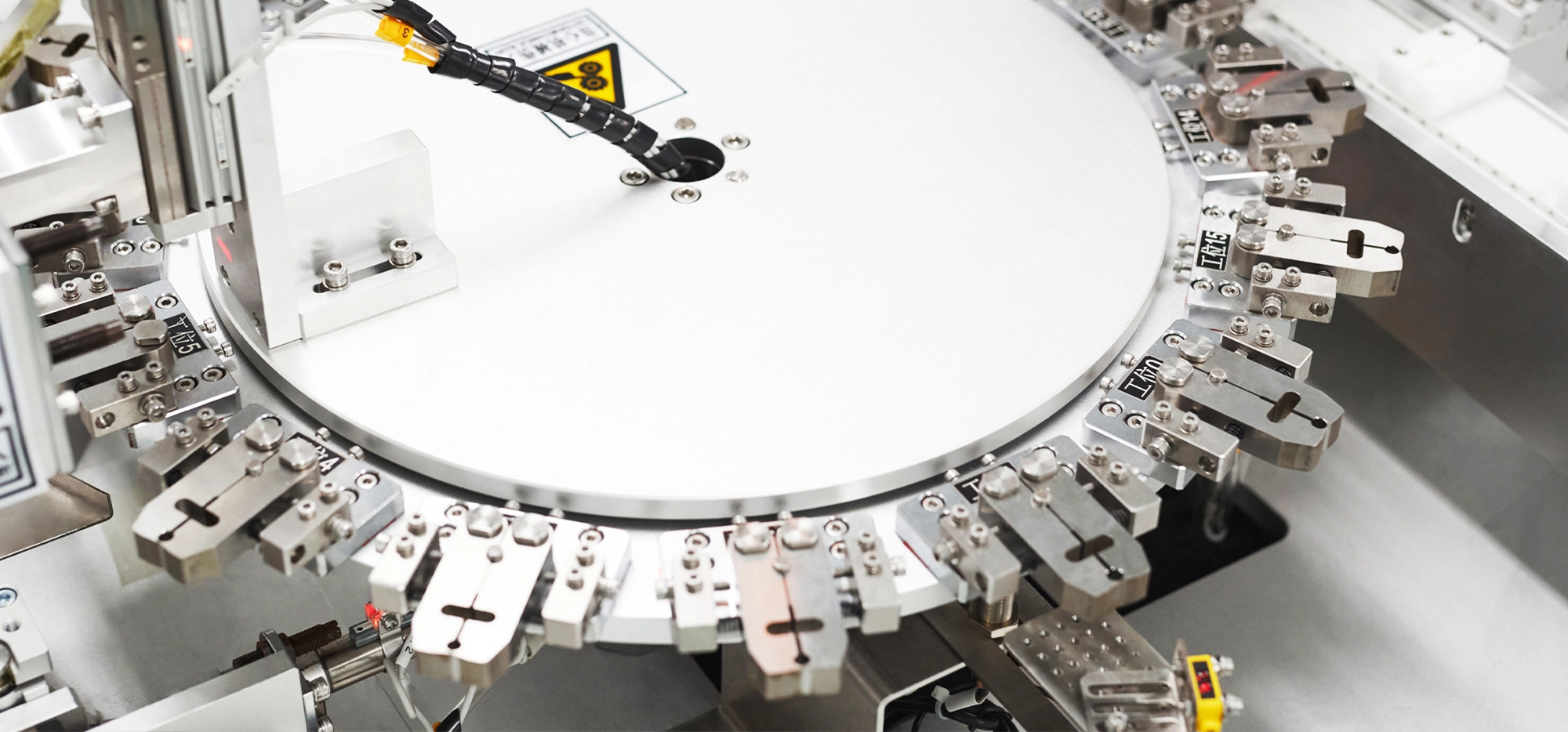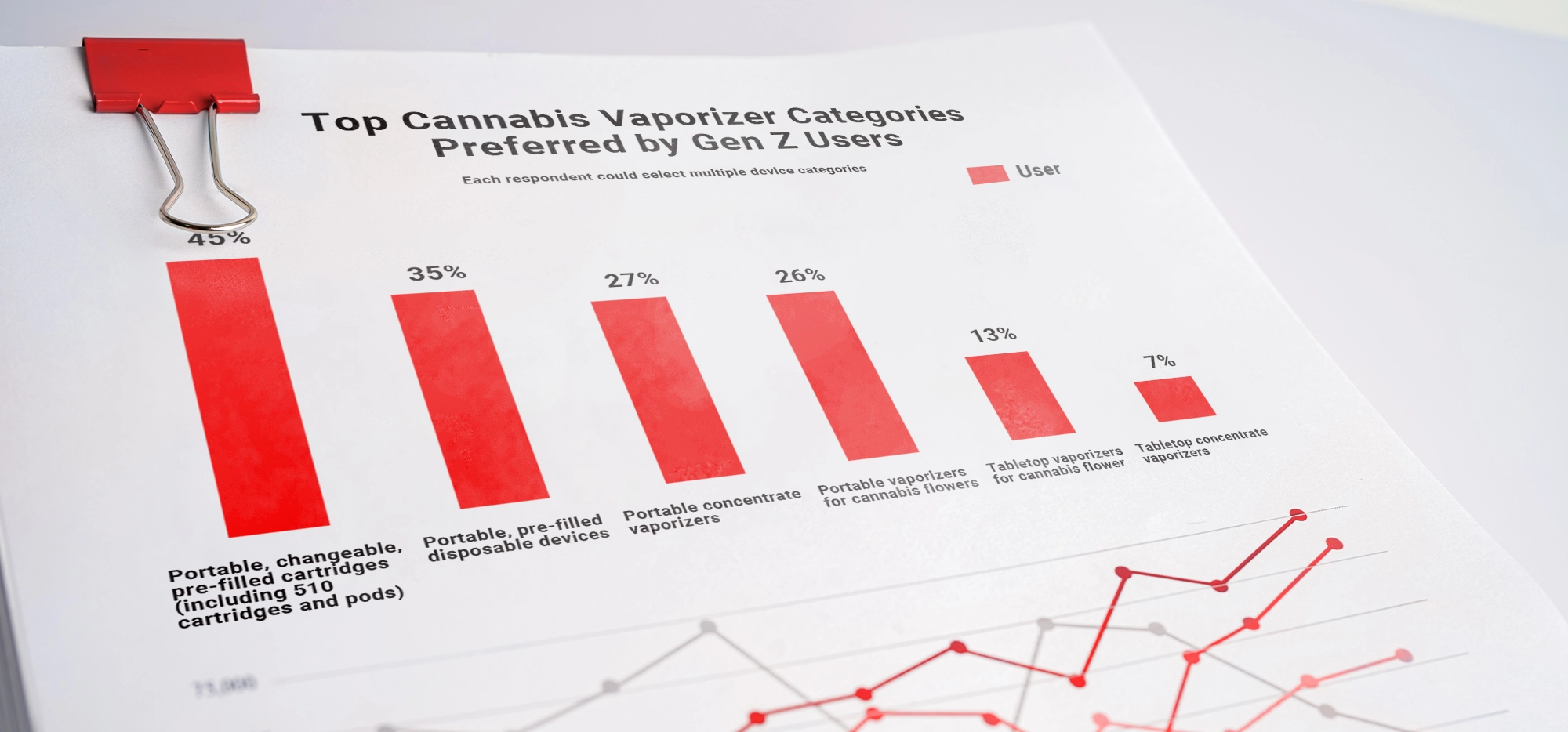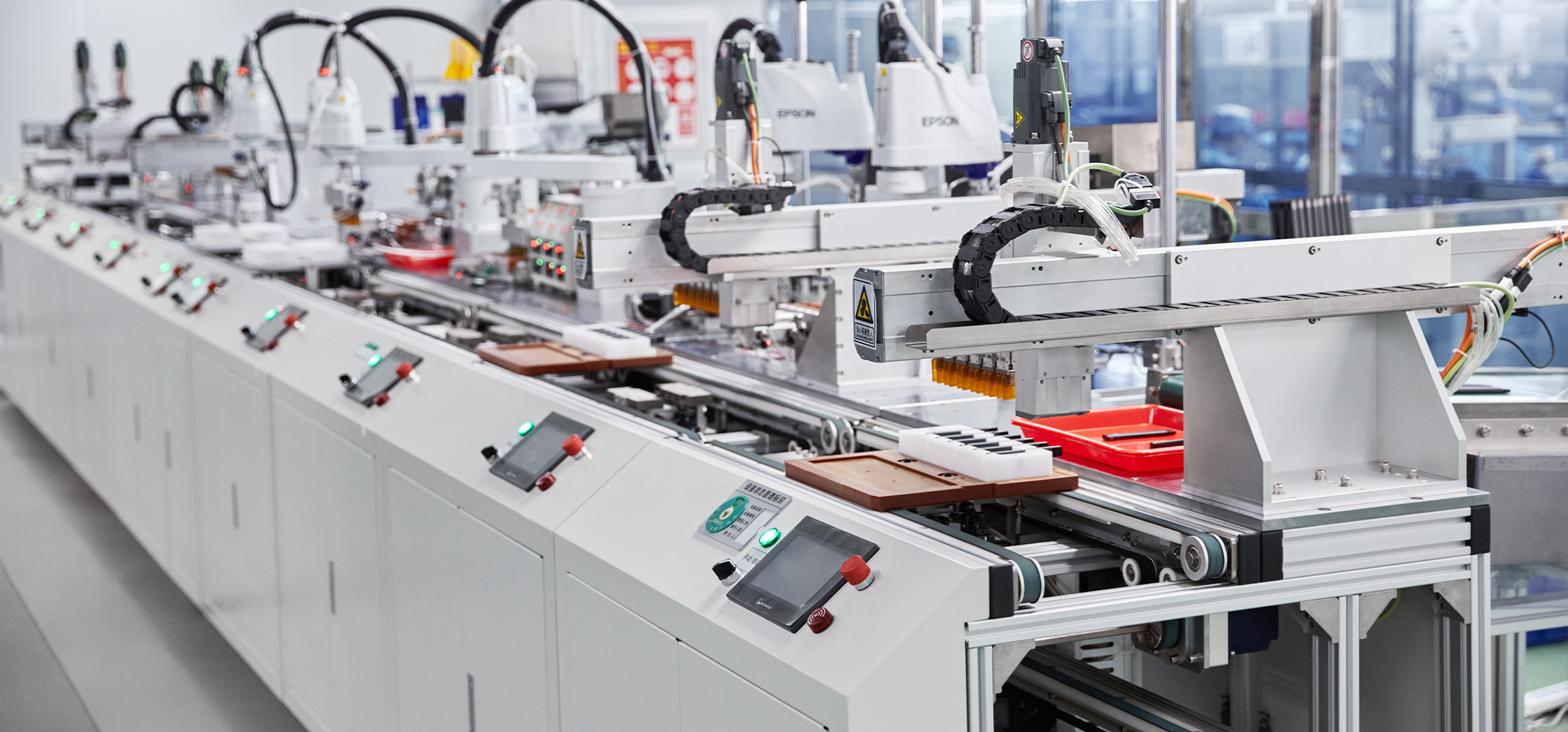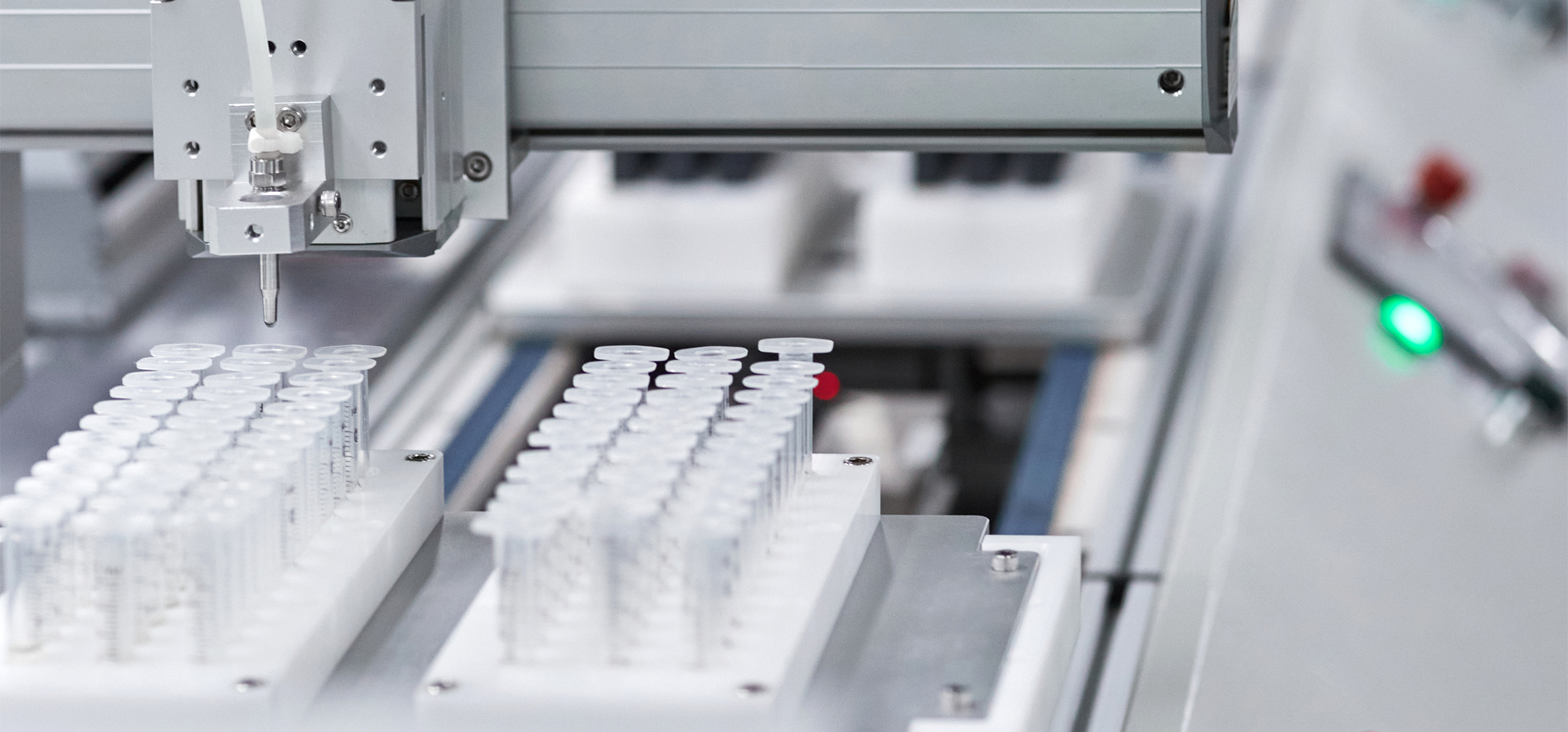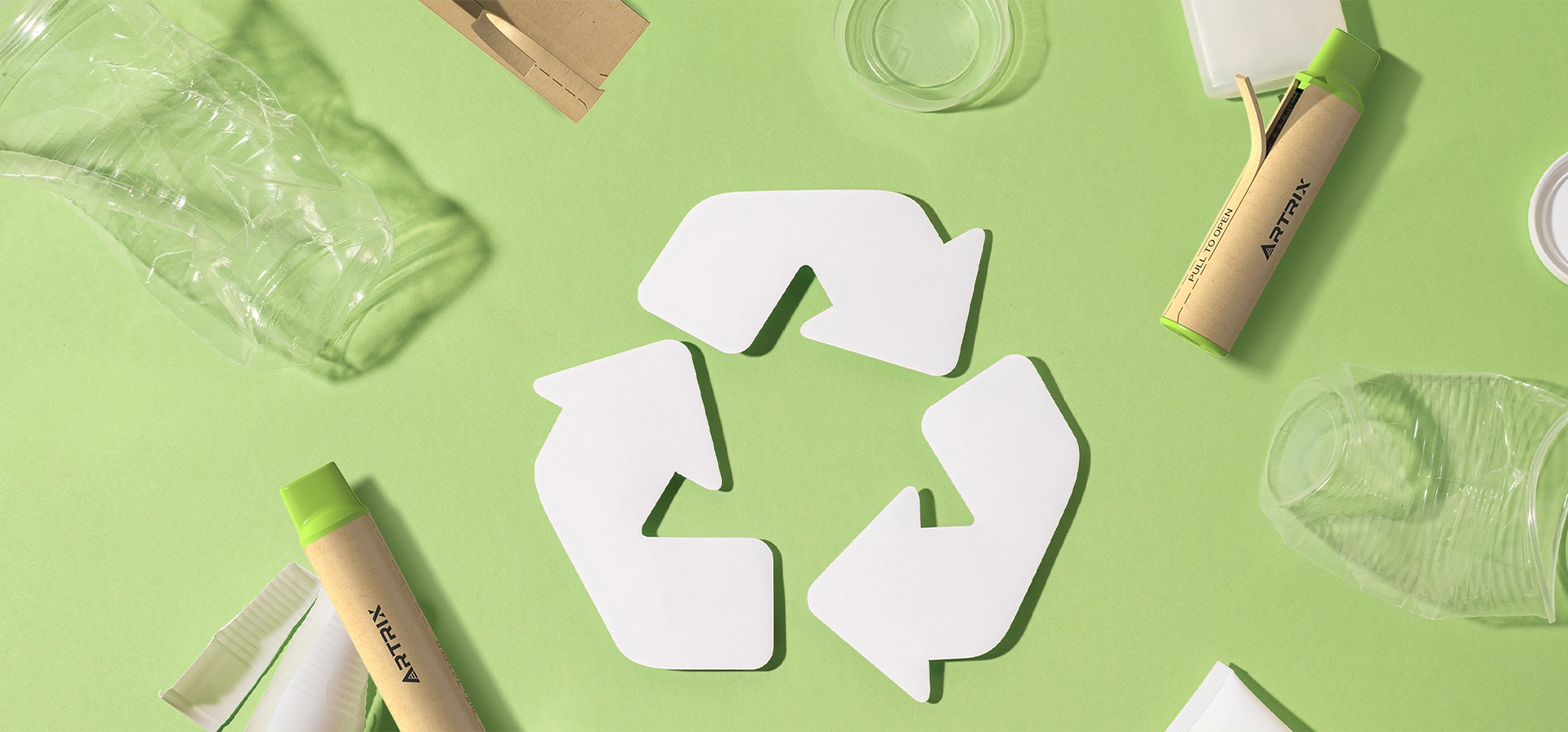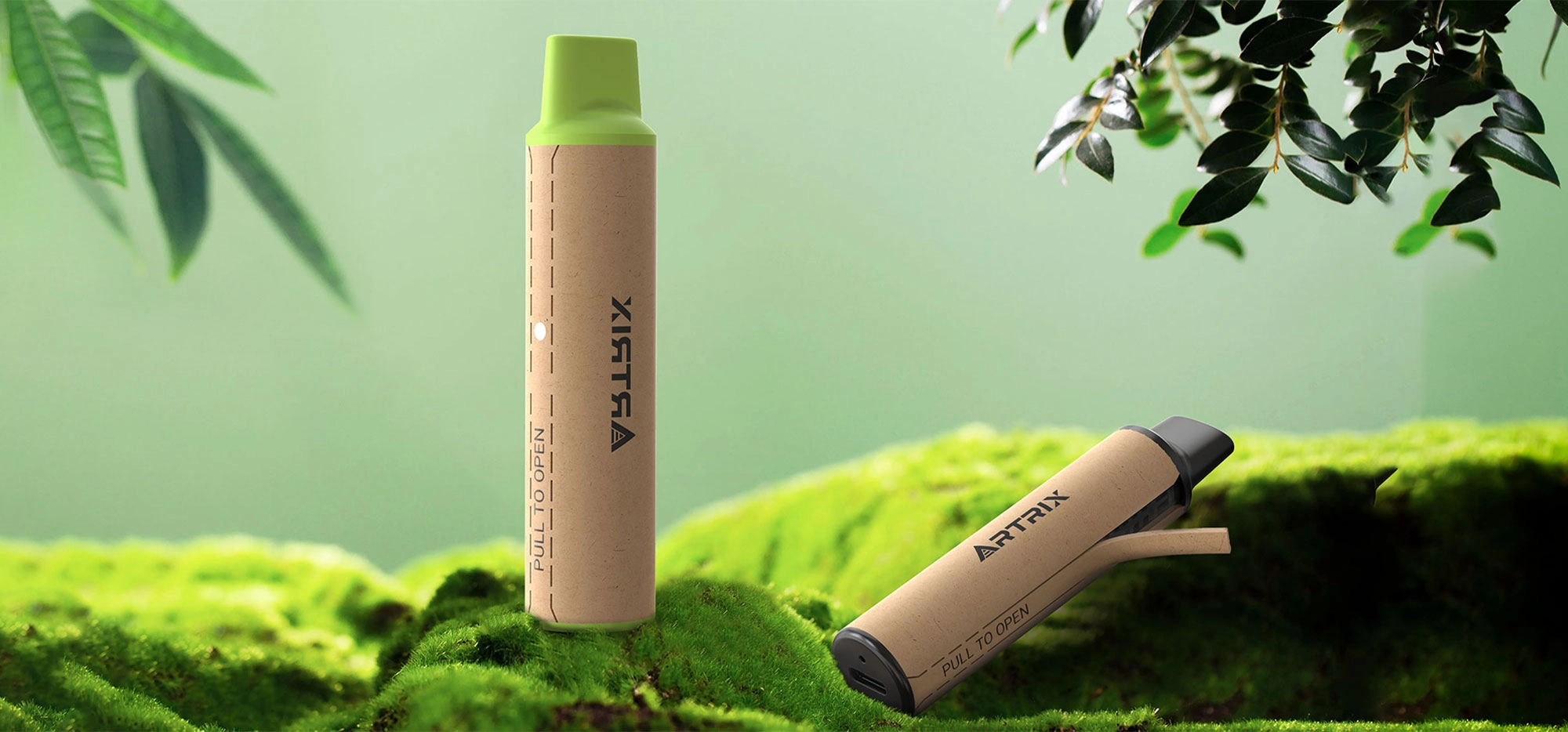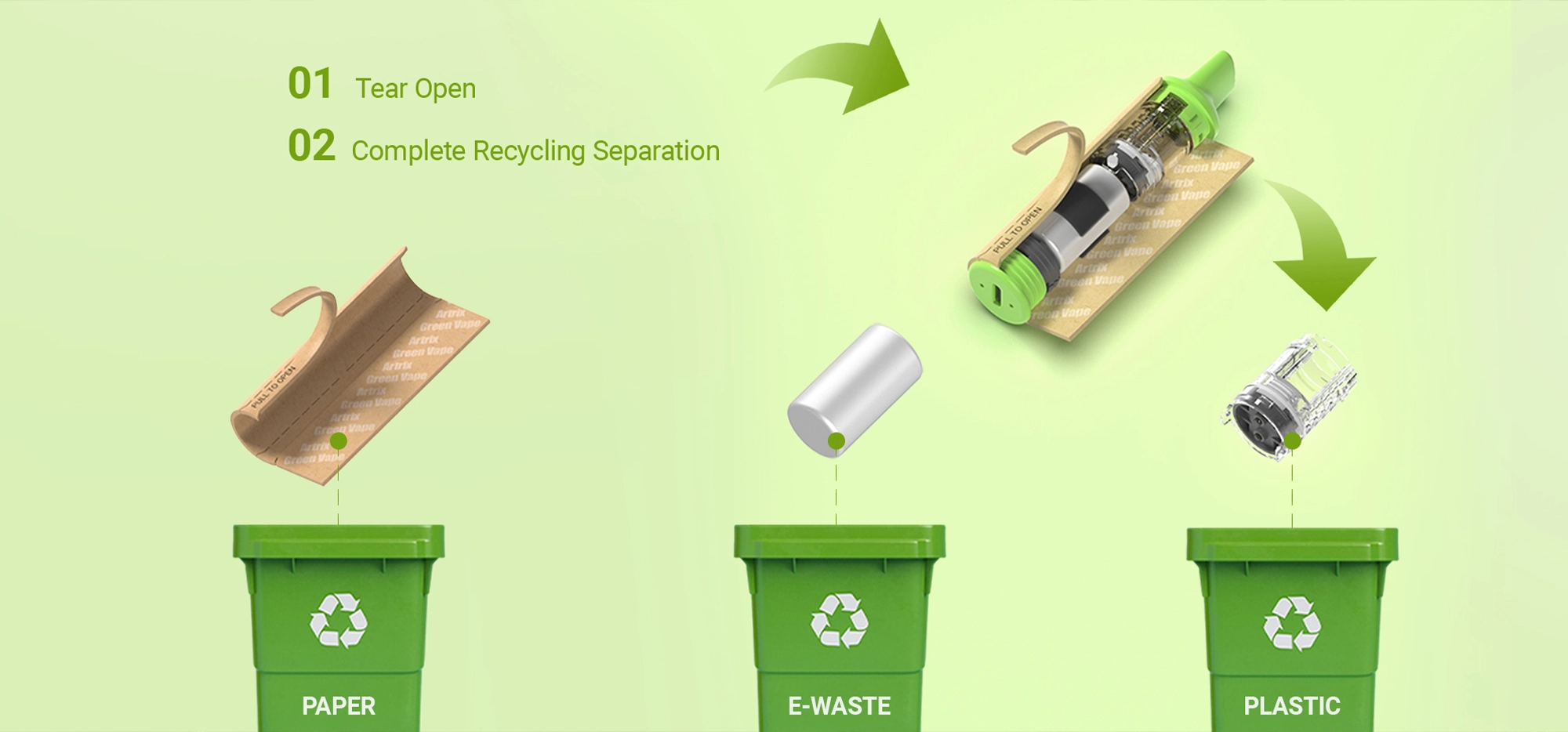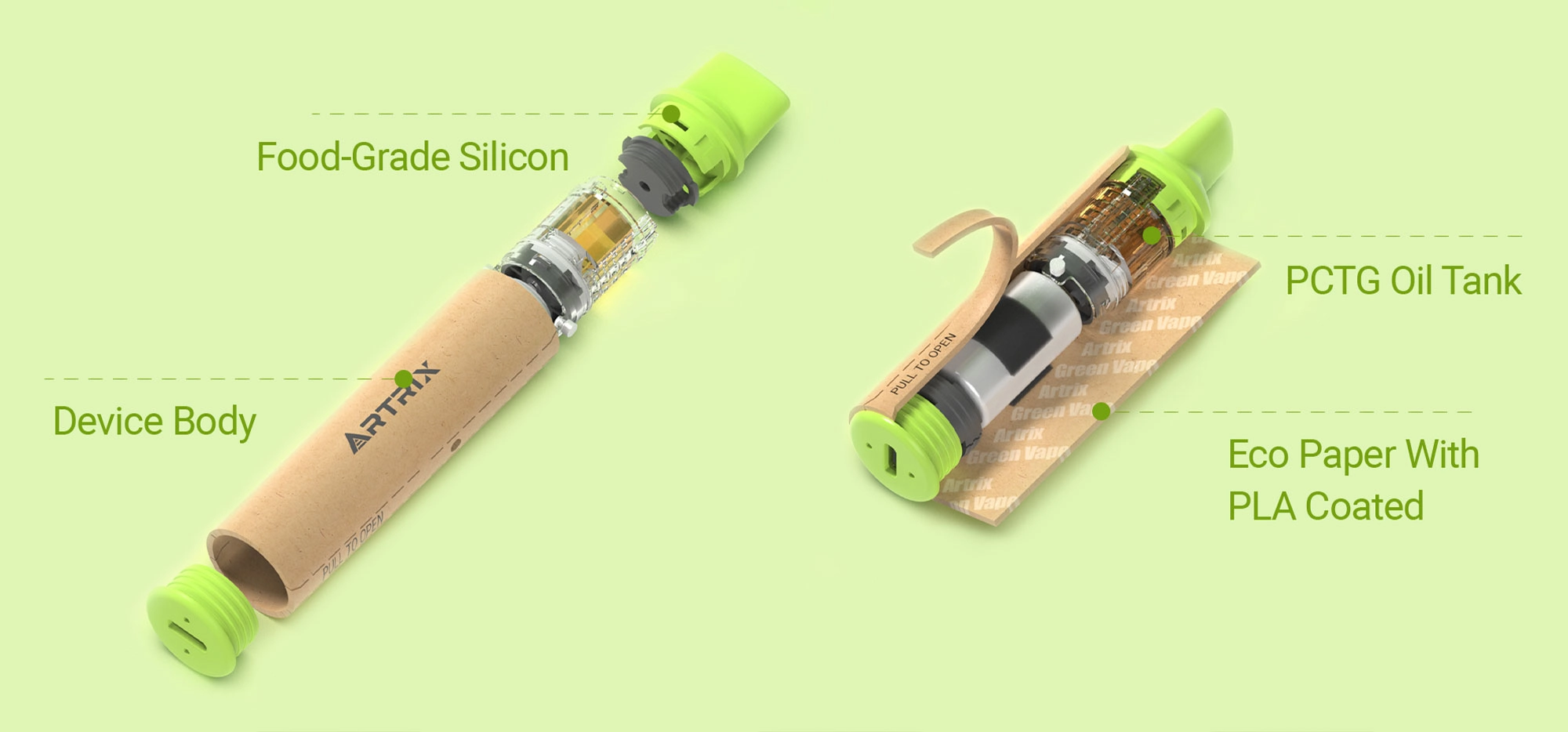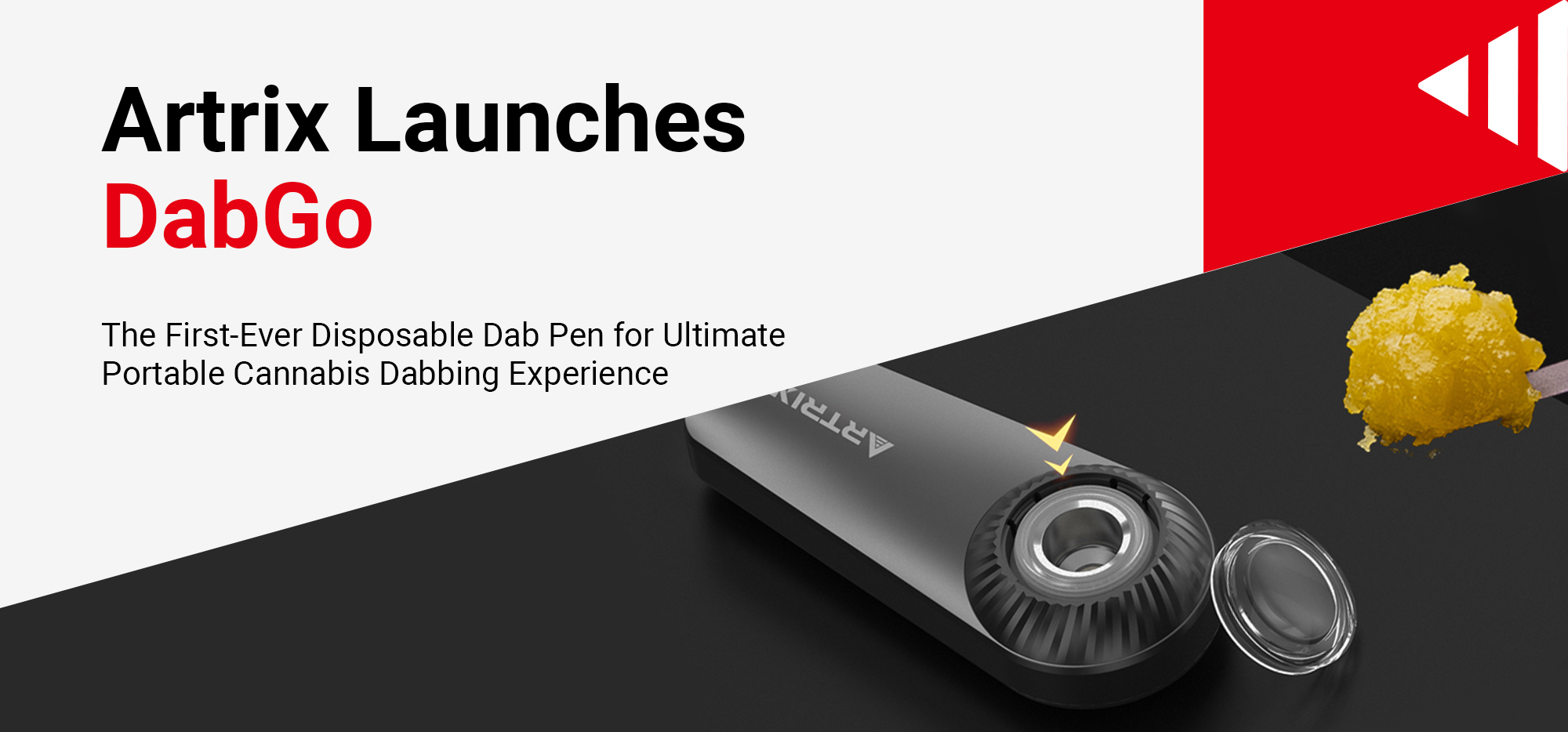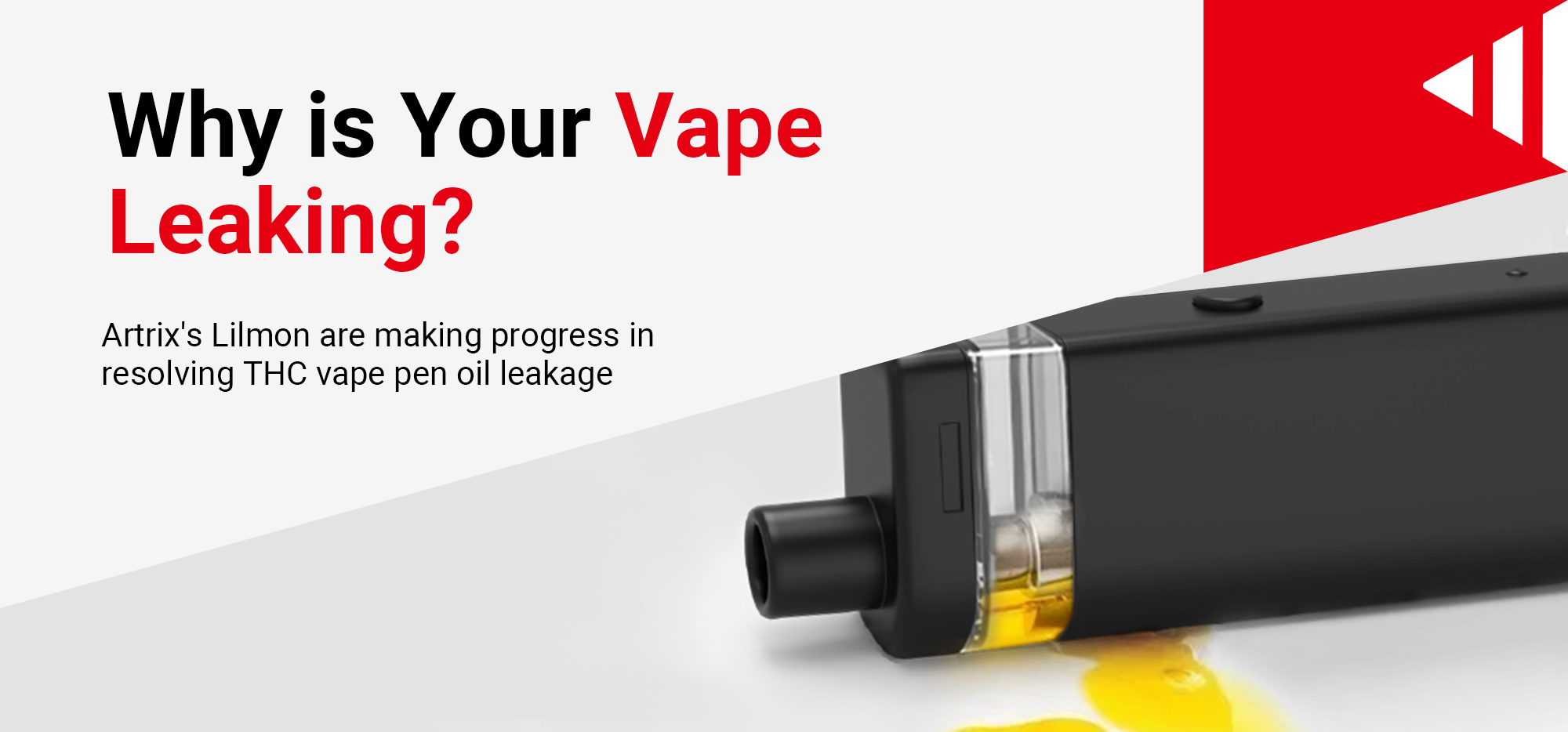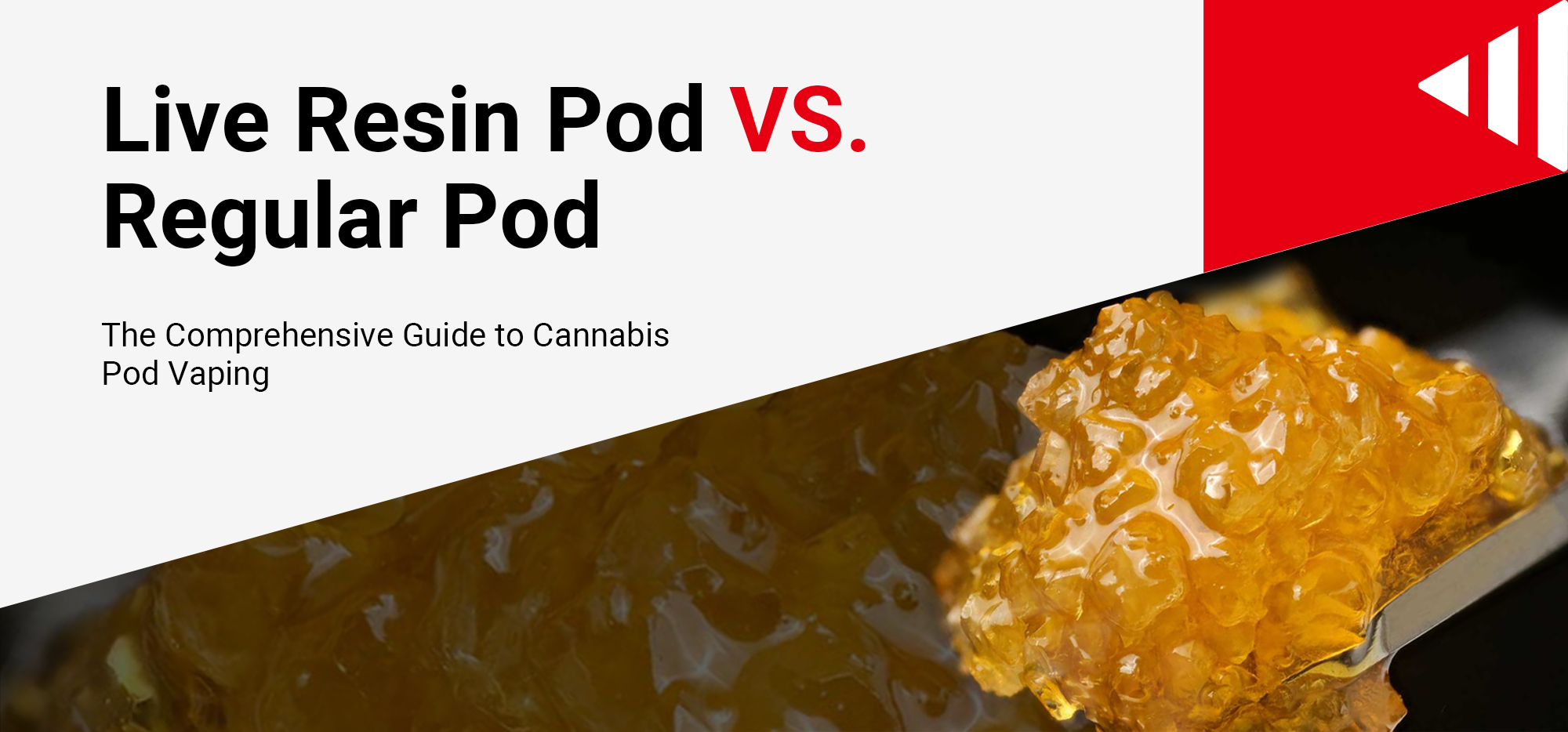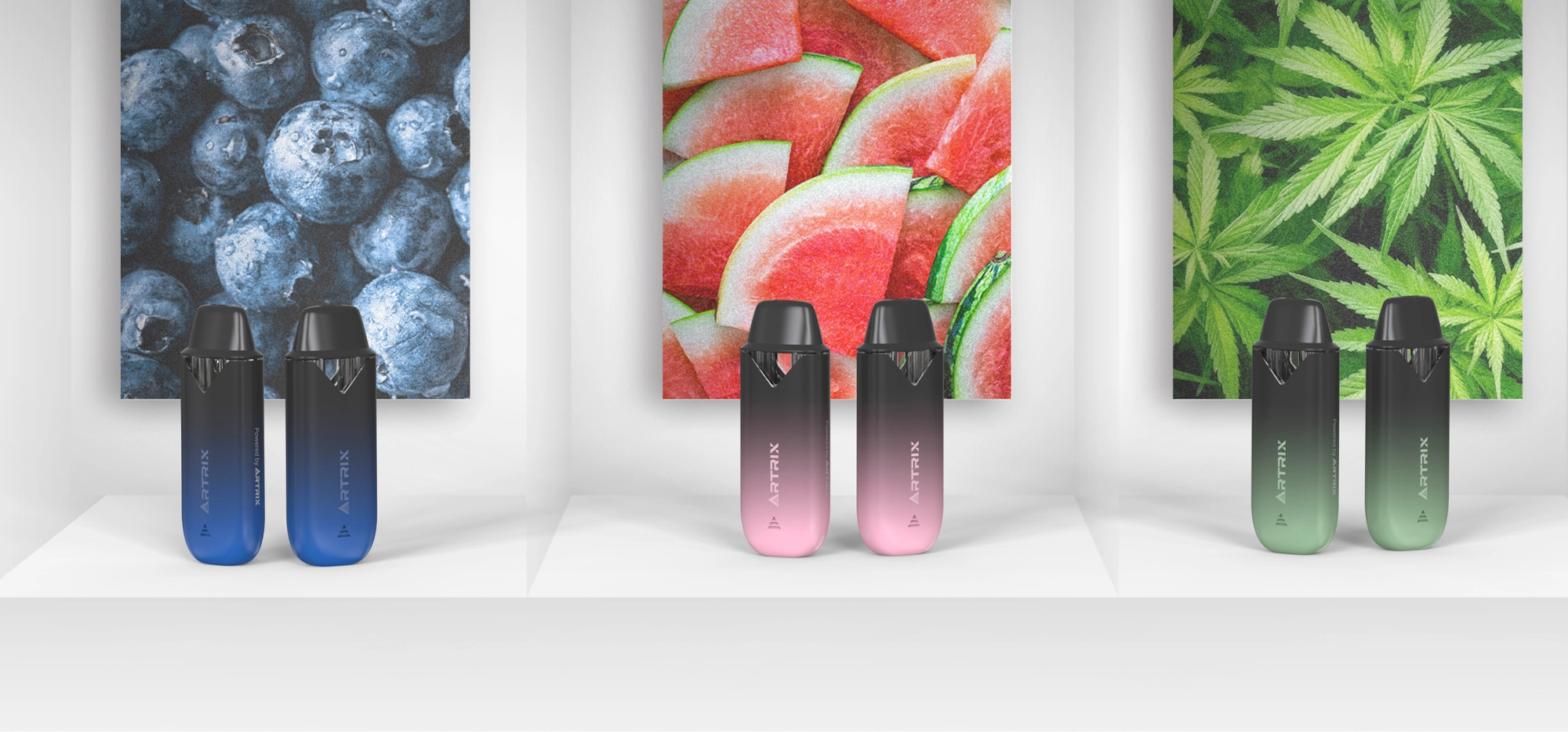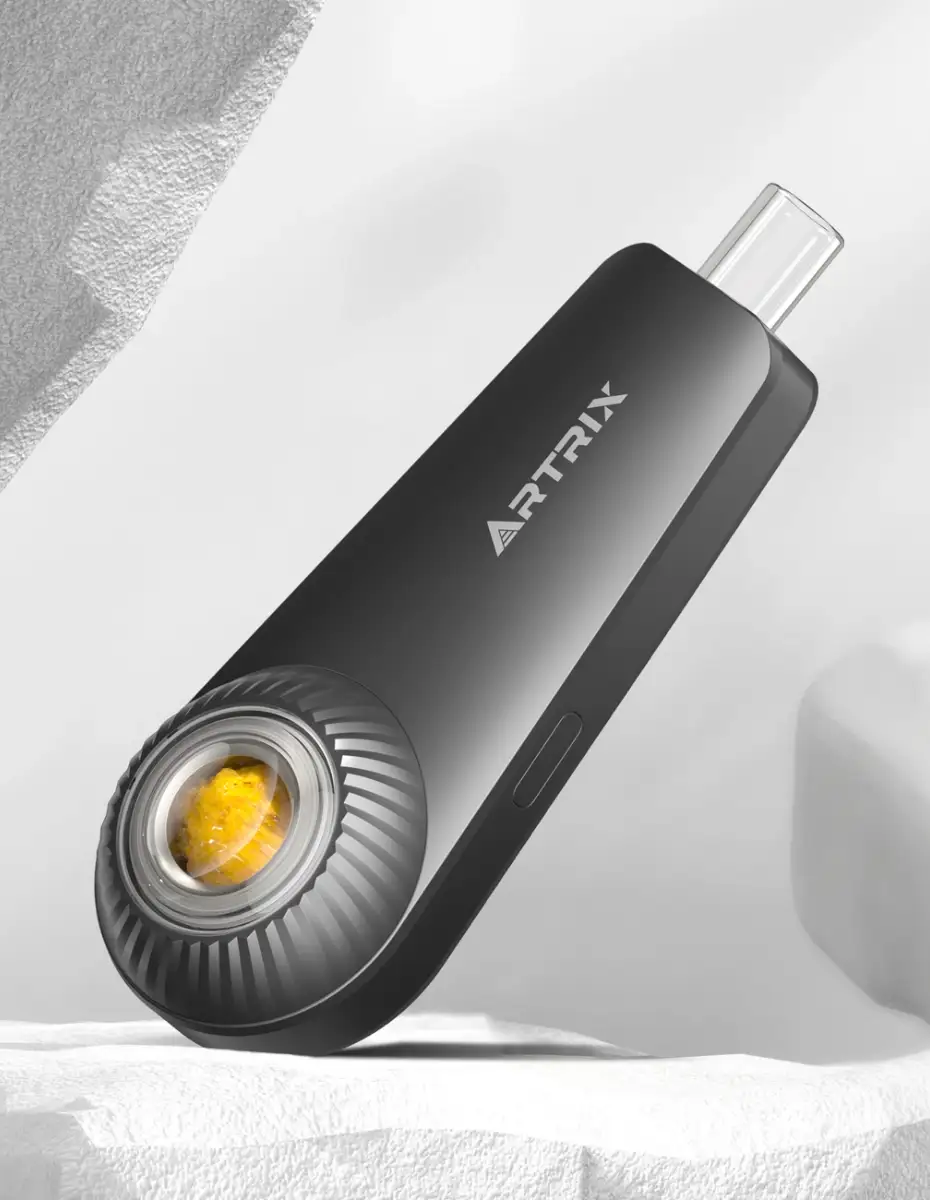How to Make Live Rosin – The DIY Guide
Live rosin has quickly become the favorite among cannabis enthusiasts for its potency and purity. Unlike other cannabis concentrates, live rosin comes from a solventless process. It is produced without chemicals, thus preserving the full spectrum of cannabinoids and terpenes to maintain a rich and flavorful experience.
If you have ever wondered how to create live rosin yourself, you are in the right place. In this article, we will dive deeper into the process of making live rosin, including the steps to press and decarboxylate it for various use cases.
What is Live Rosin?
Live rosin is a premium cannabis concentrate made without any chemical solvents, using only ice, water, heat, and pressure to extract the plant’s natural resin. The “live” designation means the cannabis is frozen immediately after harvest instead of being dried and cured, which preserves the plant’s full terpene profile for superior flavor and aroma. This solventless extraction method produces a clean, potent concentrate that retains the original characteristics of the strain, making it highly sought after by cannabis connoisseurs. Unlike other concentrates that may use butane or CO2, live rosin offers a pure, chemical-free experience that showcases the plant in its most natural form.
How to Make Live Rosin
There are several crucial steps in making live rosin. Understanding these steps will help you produce a high-quality product that retains the plant’s natural features. Here is a detailed guide on how to make it.
What You Need
Essential Items:
- Hair straightener (with temperature control)
- Bubble hash bags (basic 8-bag set – $50)
- 2 large buckets
- Lots of ice
- Parchment paper
- Fresh cannabis (just harvested)
Step 1: Freeze Your Cannabis
- Harvest your plants
- Trim off big leaves
- Put in freezer bags immediately
- Freeze for at least 4 hours
Step 2: Make Ice Water Hash
Simple bucket method:
- Fill bucket with ice water (mostly ice)
- Add frozen cannabis
- Stir gently with wooden spoon for 15 minutes
- Pour through bubble bags (from biggest to smallest holes)
- Collect the hash from each bag with a spoon
Step 3: Dry the Hash
Easy air dry method:
- Spread hash thin on a screen or pizza box
- Put in cool, dark place
- Use a fan for airflow
- Wait 2-3 days until it’s dry but still a bit sticky
Step 4: Press into Rosin
Hair straightener method:
- Set straightener to low heat (around 200°F)
- Put small amount of hash in parchment paper
- Press firmly for 10-15 seconds
- Let cool for 30 seconds
- Collect the golden rosin that squeezed out
Pro tip: Start with very small amounts (like rice grain size) to learn.
For more tips and tricks on pressing skills, check out this comprehensive explanation here.
Step 5: Store Your Rosin
- Scrape rosin off parchment with dab tool
- Store in small glass jar
- Keep in refrigerator
- Will last 1-2 months
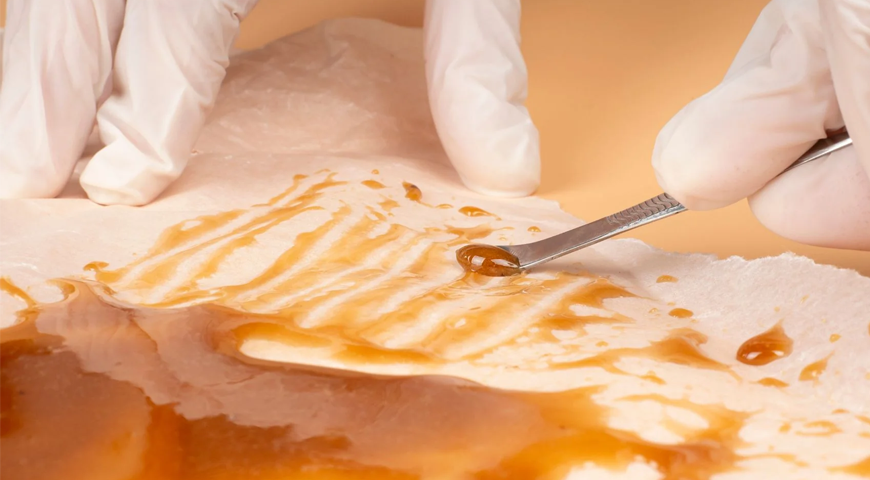
Types of Live Rosin
Understanding various types of live rosin can help you choose the best method and material according to your needs. The common types include Hash Rosin, Flower Rosin, and Dry Sift Rosin.
Hash Rosin
Hash rosin is made from hash, which is produced by separating trichomes from the cannabis plant. This type of rosin is popular for its purity and high potency. It involves pressing high-quality hash or kief using the live rosin press.
Flower Rosin
Flower rosin is made directly from cannabis flowers via a straightforward method that involves pressing the whole flowers to extract the oils. It often has a wide-spectrum profile, retaining a wide range of cannabinoids and terpenes.
Dry Sift Rosin
Dry sift rosin is produced by sifting the cannabis plant to collect trichomes before pressing them again. This method requires extra effort, but it may produce a highly potent concentrate compared to the other methods.
How to Decarboxylate Live Rosin
Decarboxylation activates the cannabinoid content in cannabis to make it psychoactive. If you plan to use live rosin for edibles or other non-smoking methods, knowing how to decarboxylate is important to avoid disappointment.
1. Preheat your Oven:
Condition your oven to 240°F or 115°C
2. Prepare the Rosin:
Place your live rosin on parchment paper.
3. Bake:
Place the parchment paper on a baking tray in the oven and bake for about 35 minutes. This process converts THCA to THC, making the rosin psychoactive and enabling it to provide a high sensation.
4. Cool and Store:
Let the rosin cool down before using it in your edibles.
For more details on the decarboxylation process, refer to this guide.
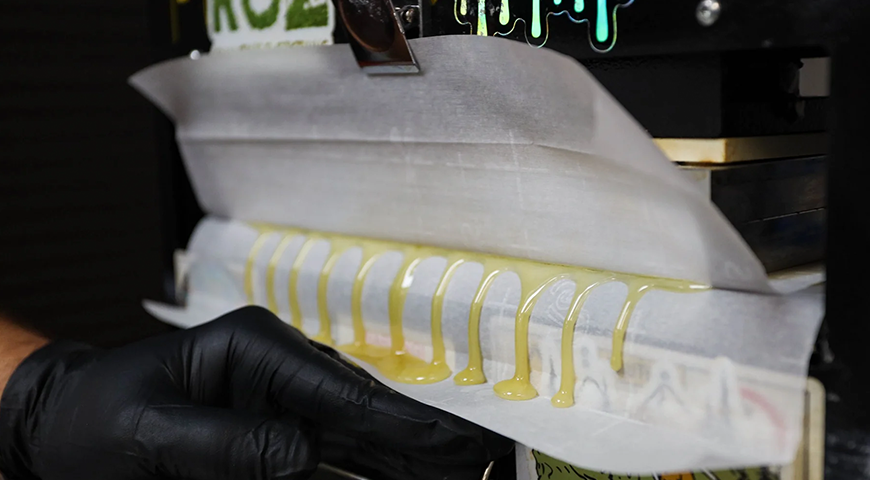
Home DIY Making vs Factory Production
| Aspect | DIY at Home | Factory Production |
|---|---|---|
| Initial Cost | $200-500 | $100,000-1,000,000+ |
| Batch Size | 100g-1kg cannabis | 100-1000+ pounds |
| Final Yield | 5-50g rosin | Multiple pounds |
| Equipment | Hair straightener, buckets, bags | Industrial presses, centrifuges |
| Processing Time | 1-2 days | Continuous production |
| Consistency | Variable (learning curve) | Highly consistent |
| Quality Control | Visual inspection only | Laboratory testing |
| Yield Rate | 3-8% (beginner to experienced) | 12-20% (optimized) |
| Temperature Control | Manual monitoring | Automated ±1°F precision |
| Product Testing | None | Heavy metals, pesticides, potency |
| Shelf Life | 1-3 months | 6-12 months |
| Legal Status | Personal use only | Commercial sales licensed |
| Learning Curve | High (trial and error) | Standardized procedures |
| Customization | Full control over process | Limited to set parameters |
| Best For | Personal use, small quantities | Commercial sales, large scale |
Safety Considerations
Heat Safety:
- Always wear oven mitts when pressing
- Keep hair straightener away from water
- Have fire extinguisher nearby
- Don’t leave equipment unattended
General Safety:
- Work in well-ventilated area
- Keep workspace clean and organized
- Store all materials safely away from children
- Know your local laws about cannabis processing
Electrical Safety:
- Check cords for damage before use
- Don’t use electrical equipment with wet hands
- Unplug equipment when not in use
- Use GFCI outlets near water sources
Conclusion
Making live rosin involves understanding the intricacies of the pressing process, types of rosin, and variables in decarboxylating it according to various uses. With the right knowledge and tools, you can produce a high-quality concentrate that offers a pure and potent cannabis experience.
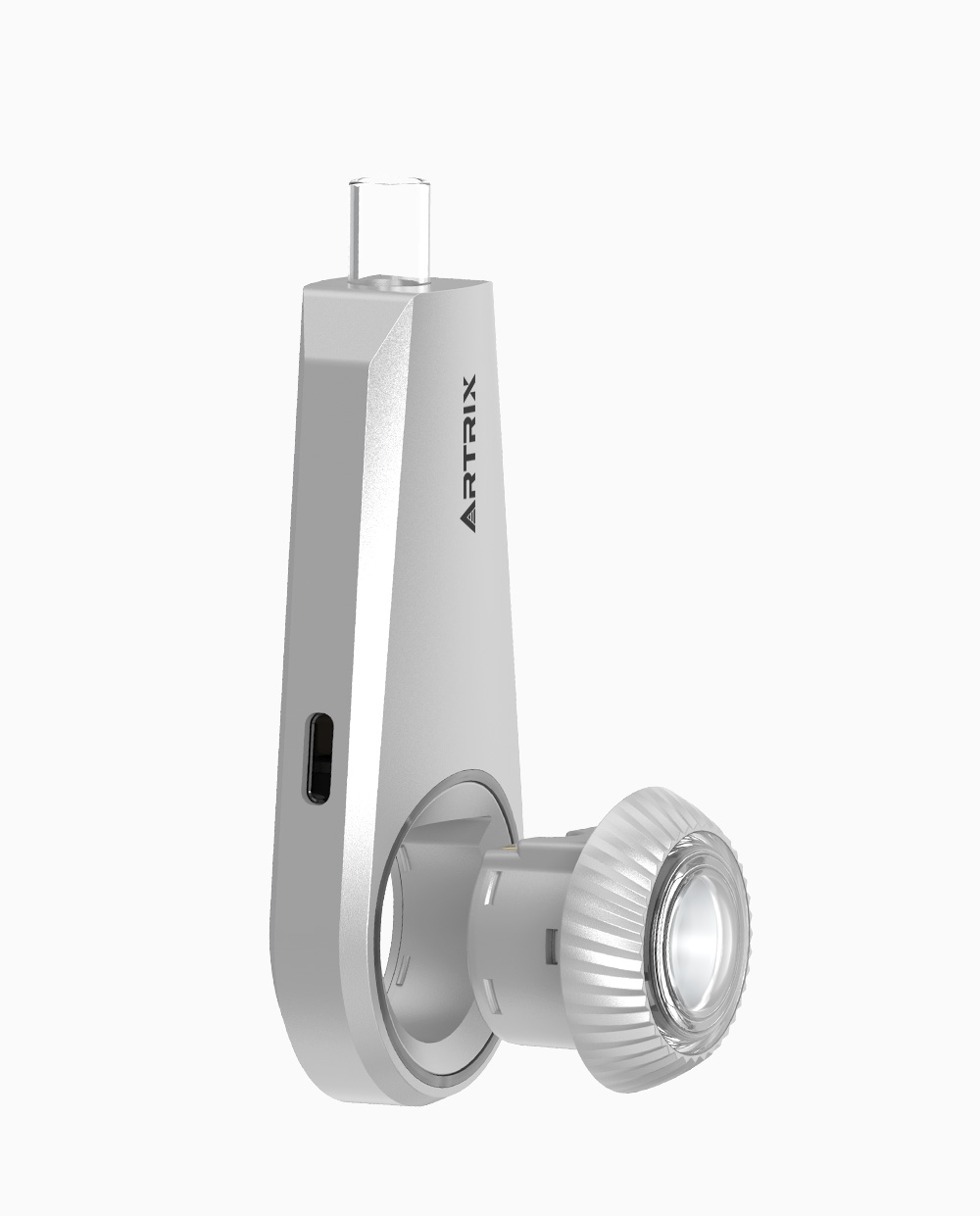





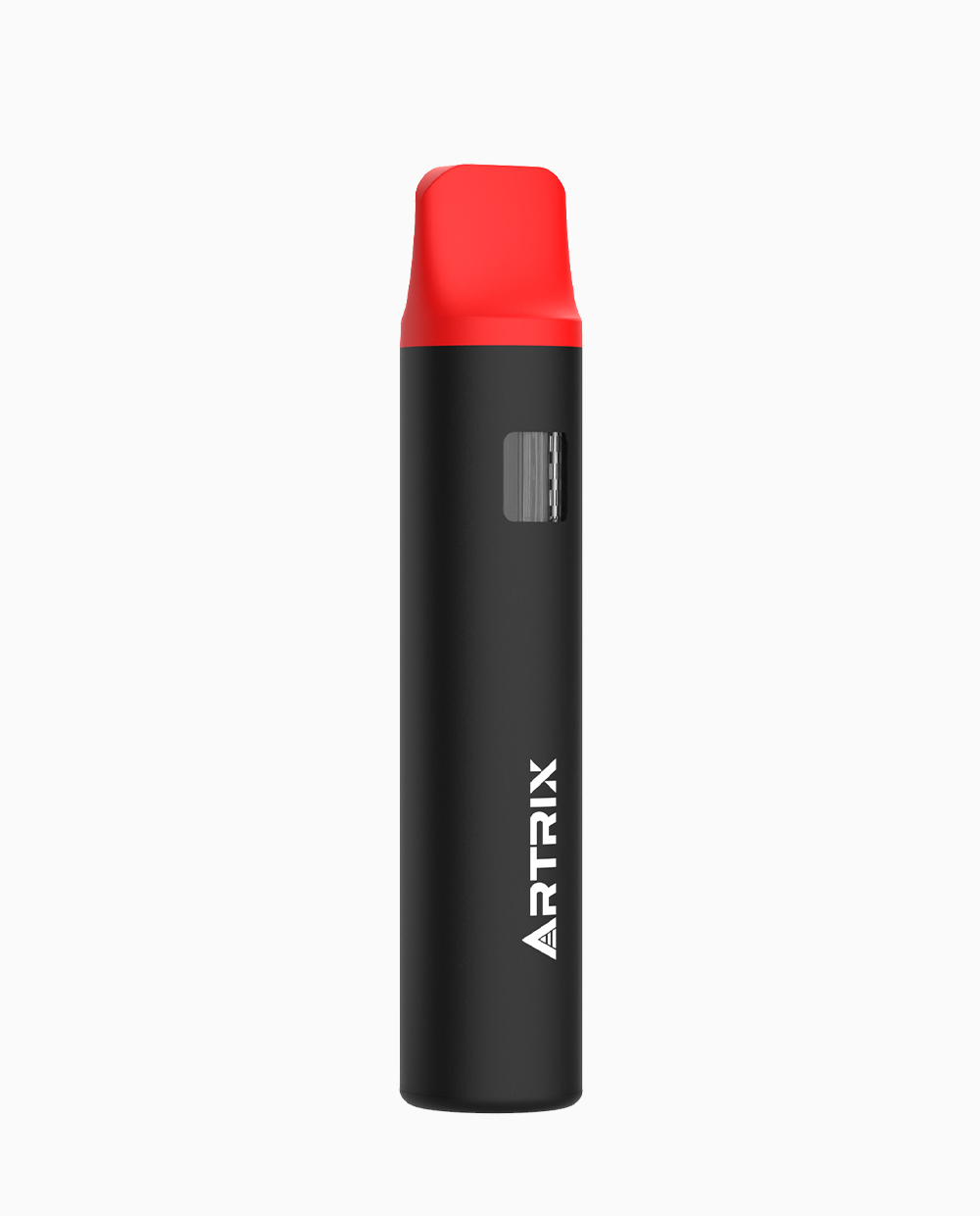
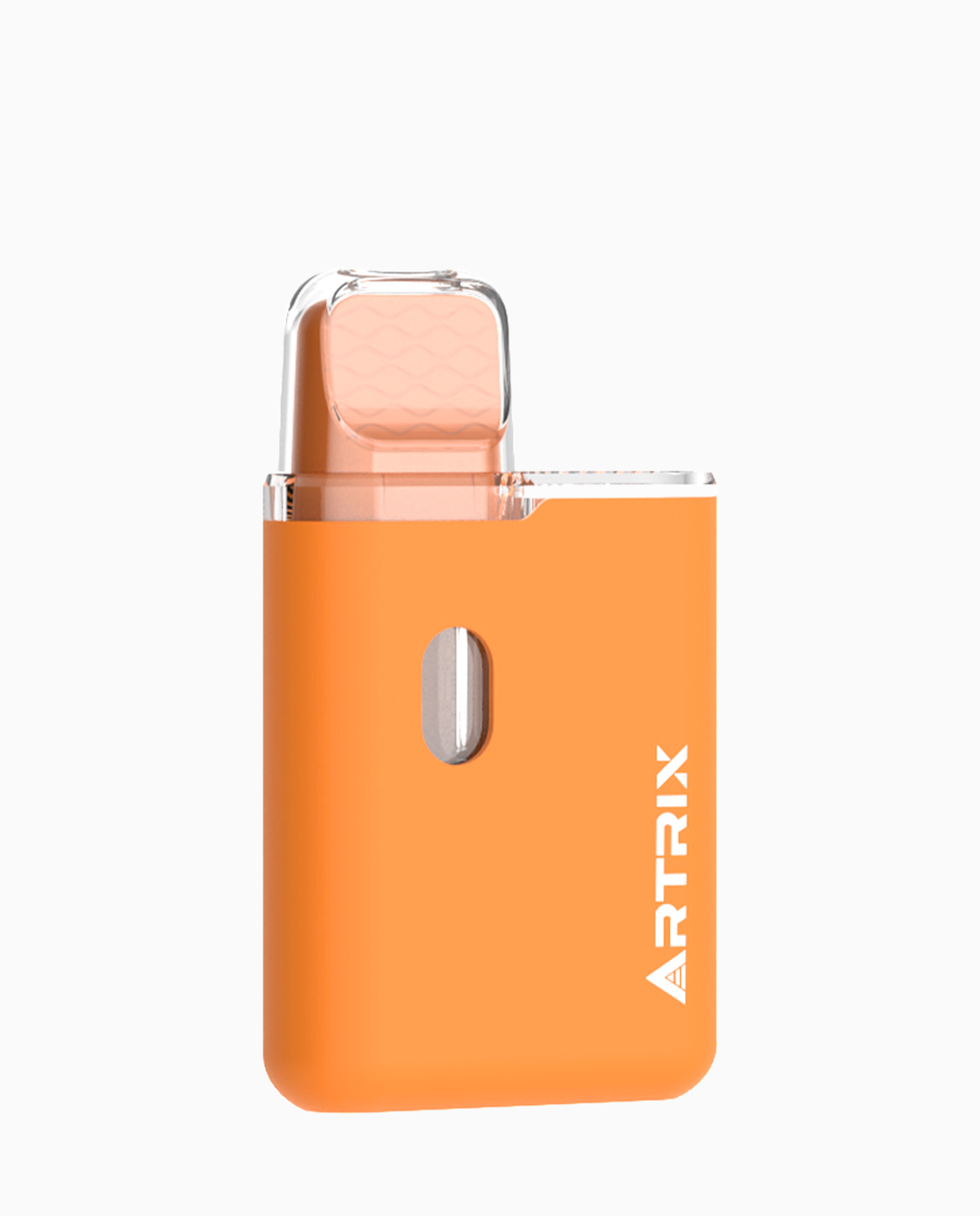
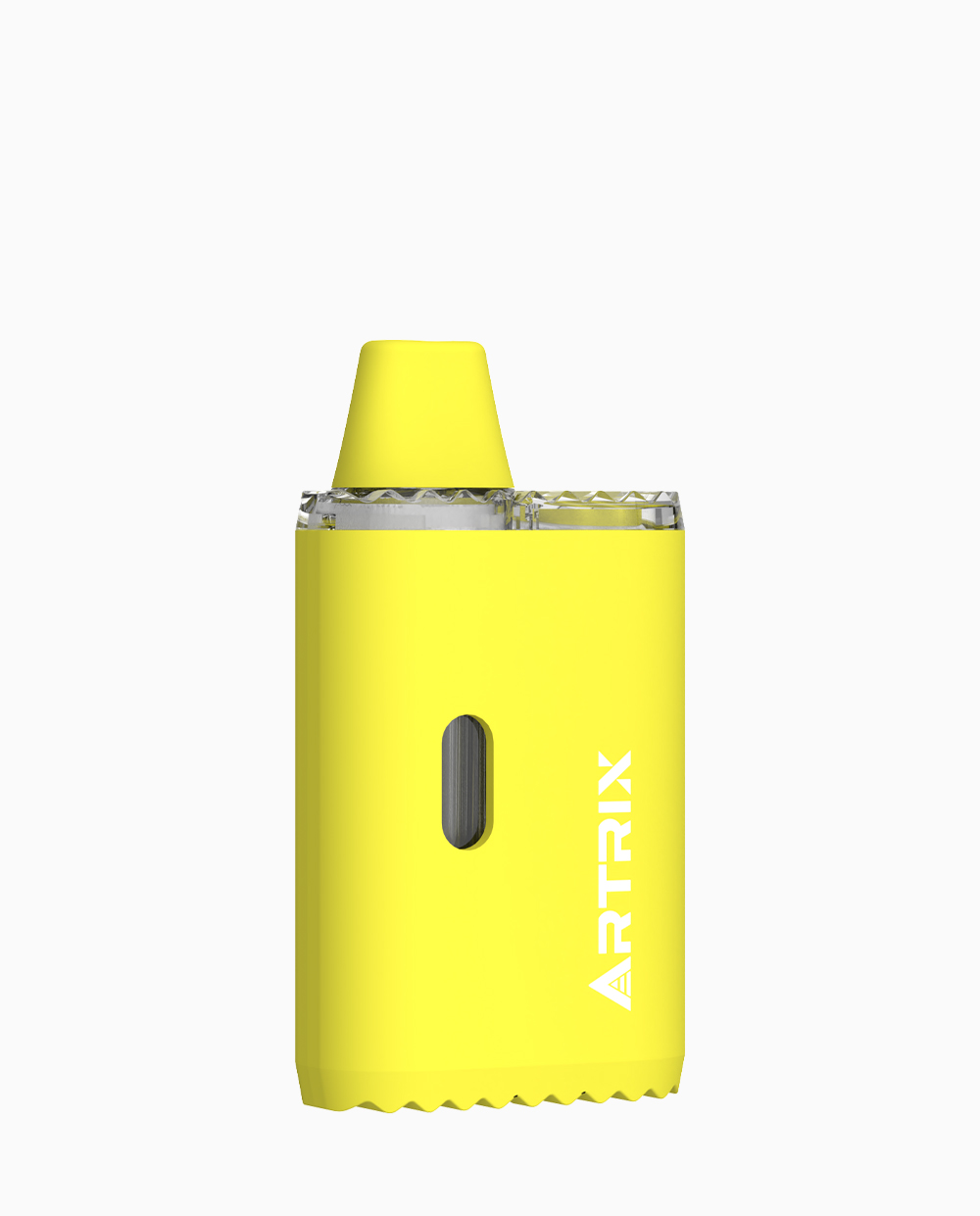


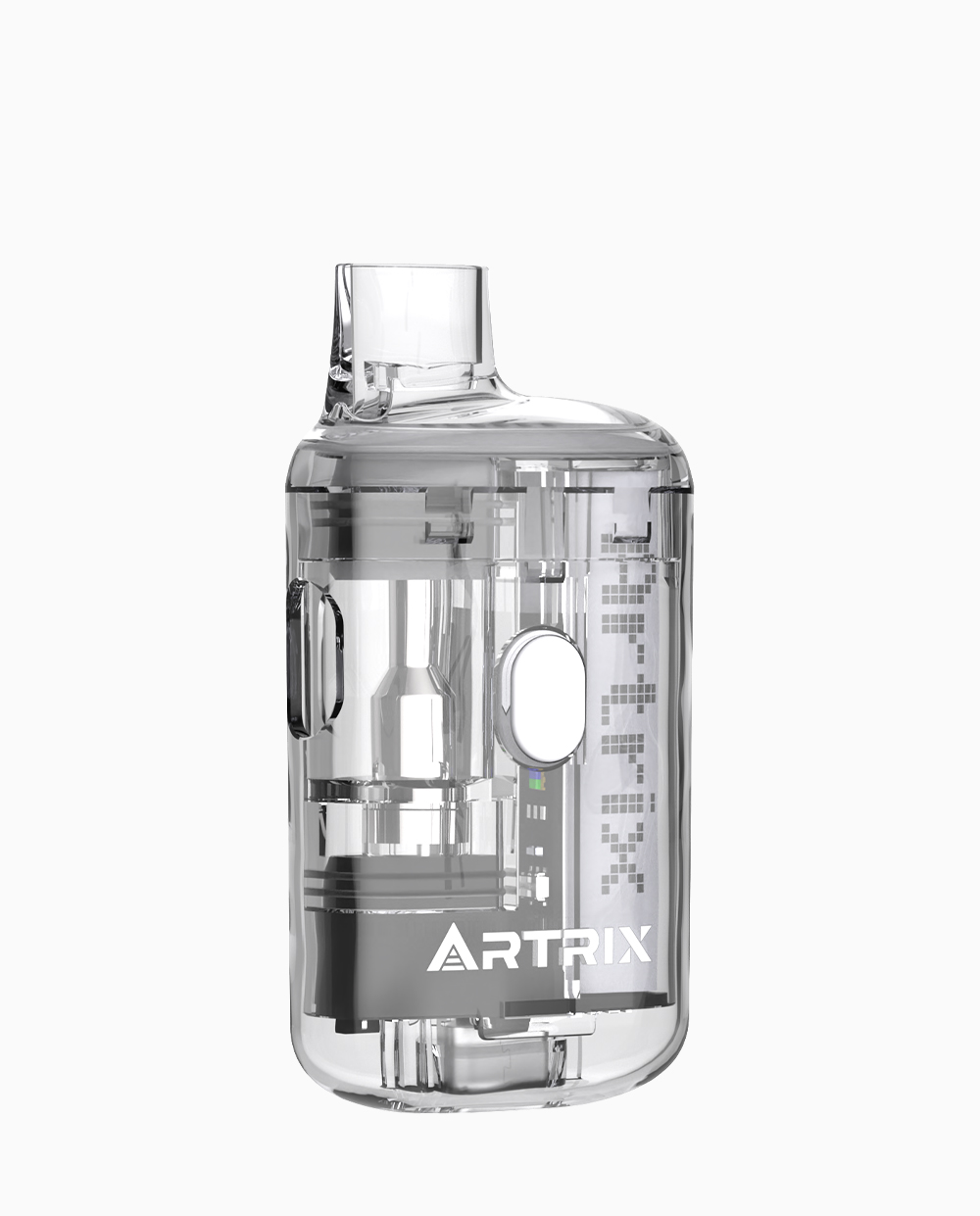
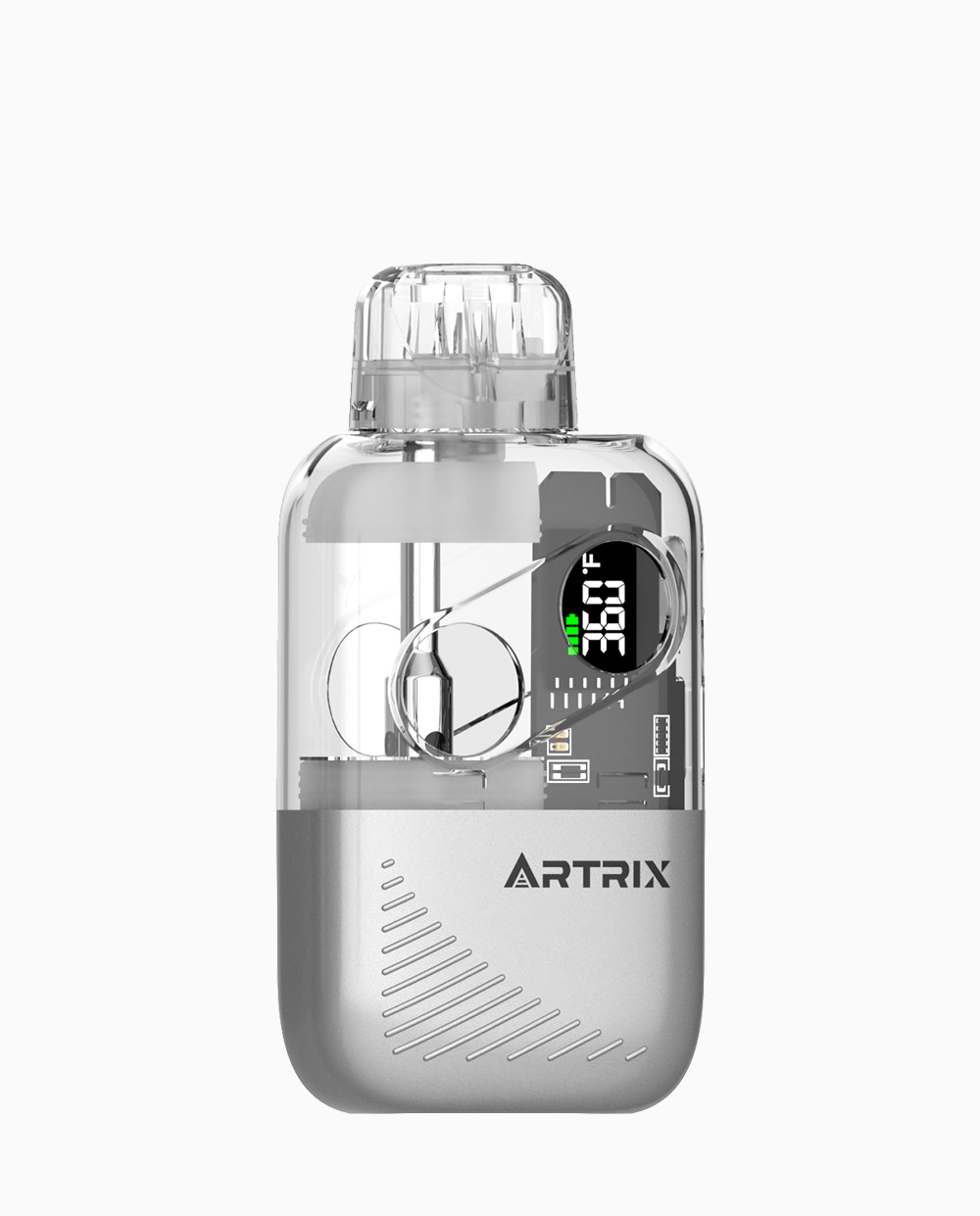

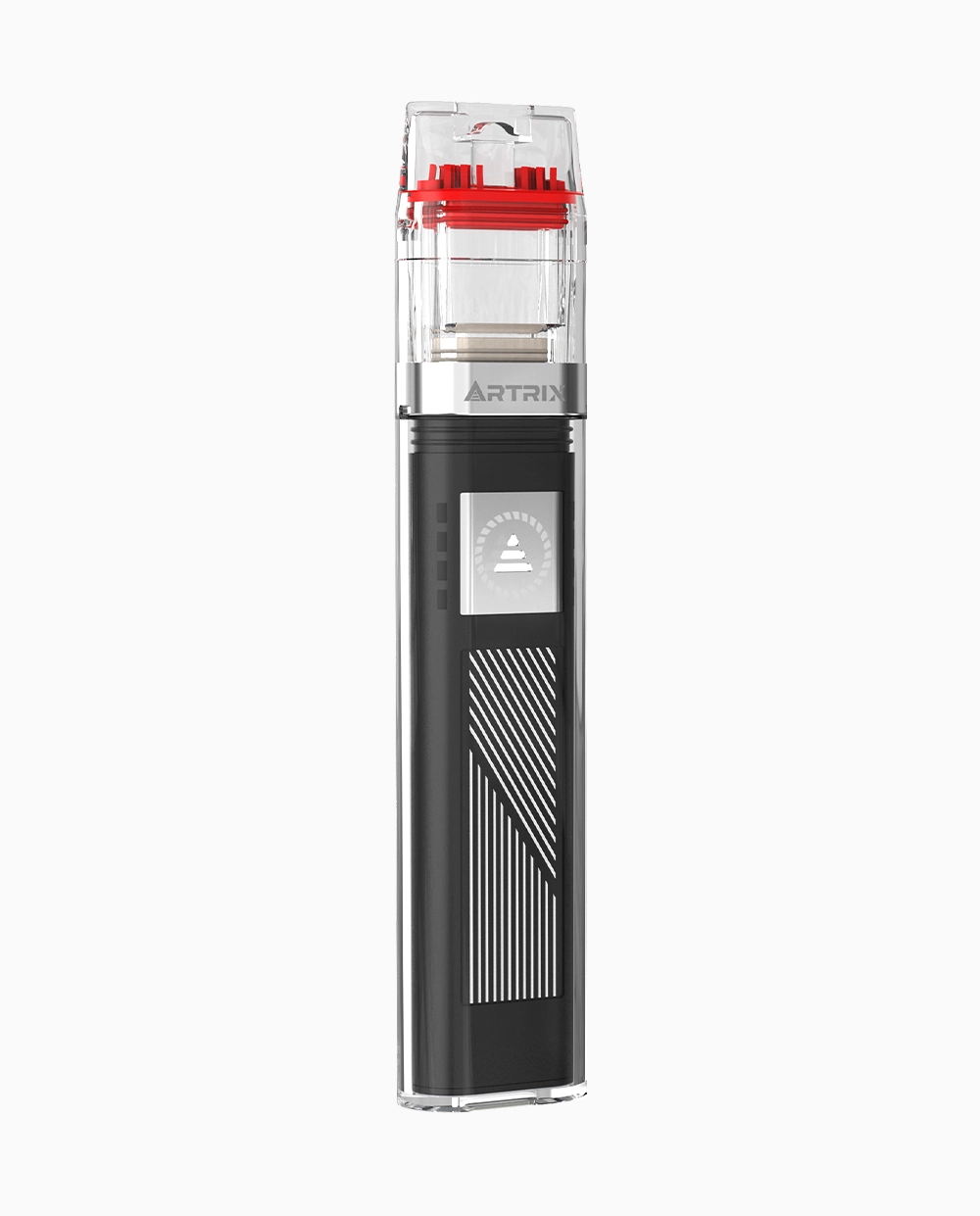

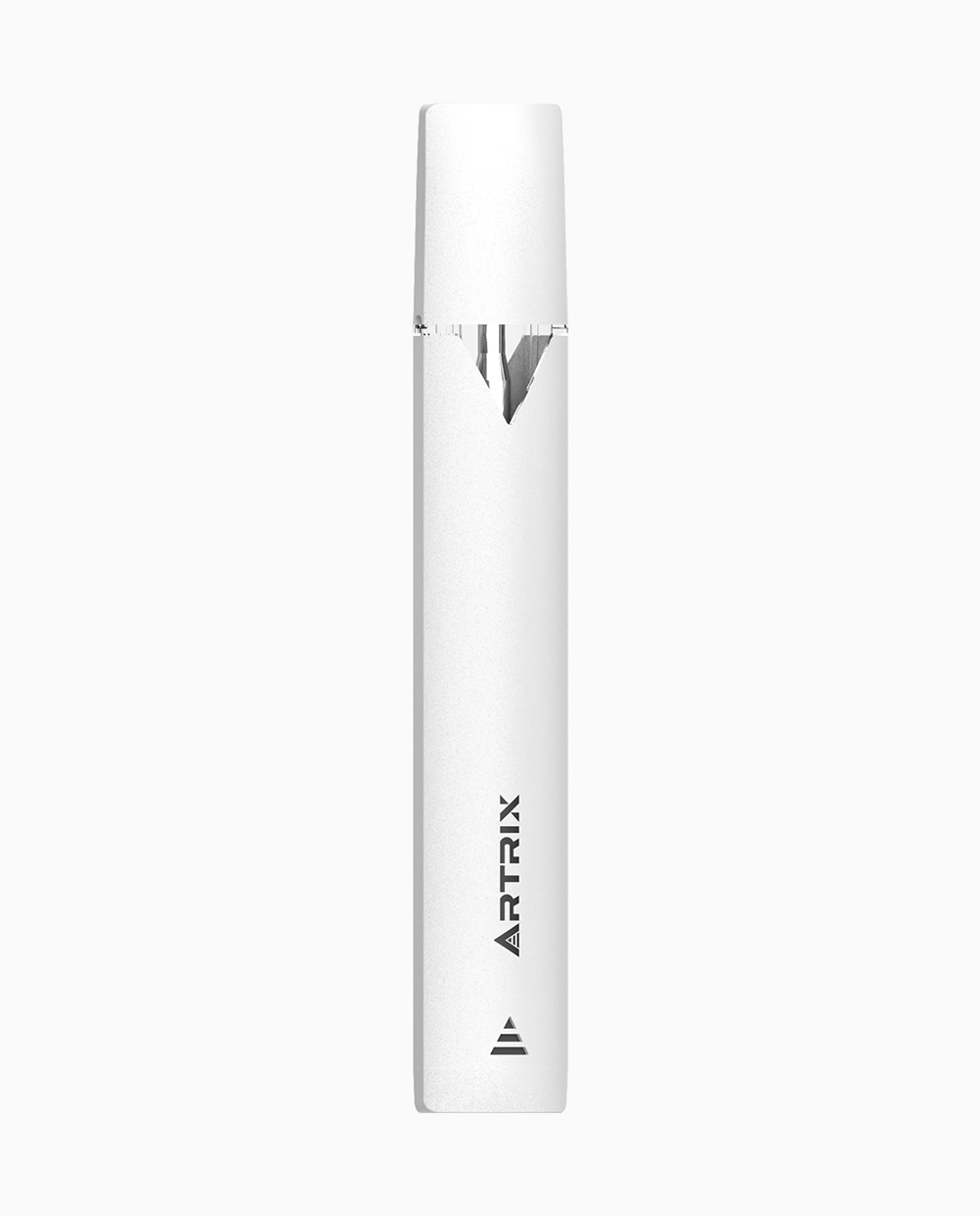
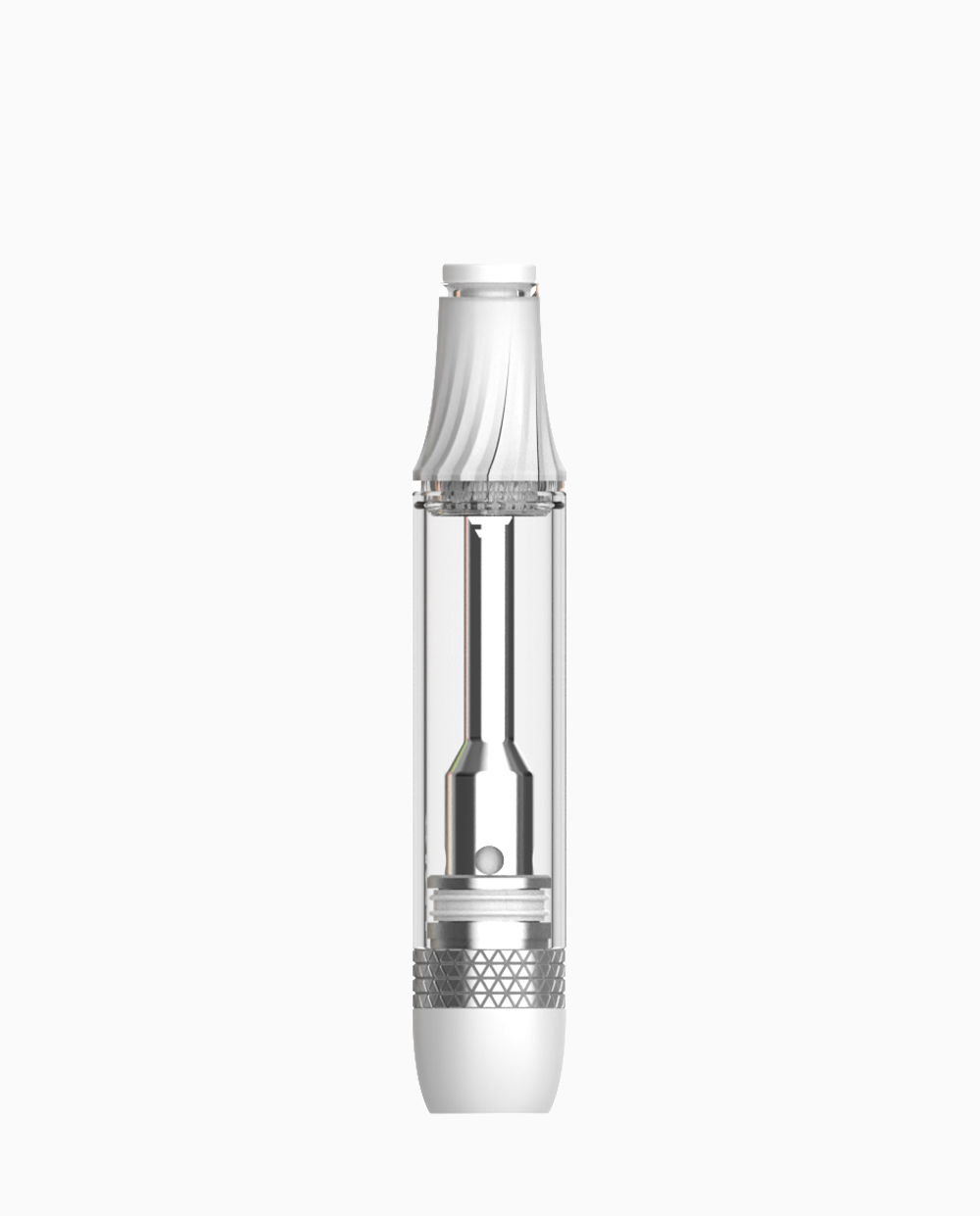

-1.webp)
-1.webp)
-2.webp)








